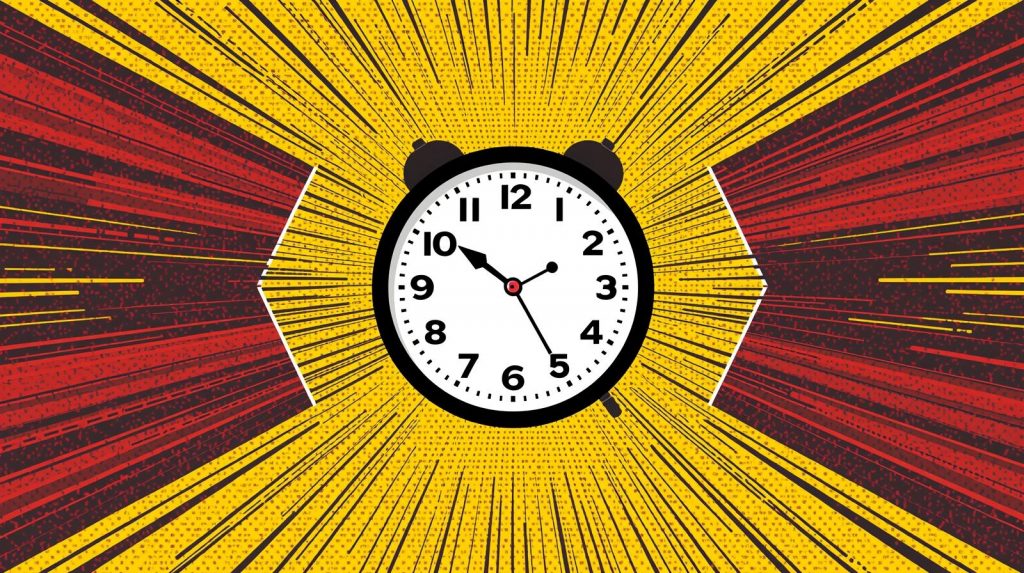
Understanding how visitors engage with content is essential for improving website performance. One of the most valuable metrics for this purpose is Time on Page. This metric provides insights into how long users spend on a specific page, helping to evaluate content effectiveness, user engagement, and overall site experience.
What is Time on Page?
Time on Page measures the average amount of time a visitor spends on a single page before navigating to another page or leaving the site. It is calculated by tracking the time difference between when a page loads and when the next interaction occurs.
Why Time on Page Matters
- Content Engagement: Longer times often indicate that visitors are reading or interacting with the content.
- User Experience: Short times may suggest that the page isn’t meeting expectations or is difficult to navigate.
- Conversion Insights: Pages with higher engagement can be optimized further to drive conversions.
How to Interpret Time on Page
- Compare Across Pages
Look at the average time on page for different sections of the site. Blog posts, product pages, and landing pages will naturally have different benchmarks. - Contextualize with Content Type
A long article should have a higher time on page than a short FAQ. Always interpret the metric relative to the type of content. - Identify Drop-Offs
If a page has a very low time on page compared to others, it may indicate issues such as irrelevant content, poor design, or slow load times. - Pair with Other Metrics
Time on Page should not be analyzed in isolation. Combine it with bounce rate, scroll depth, and conversion data for a fuller picture.
Common Misinterpretations
- High Time Doesn’t Always Mean Success: A long time on page could mean users are confused or struggling to find information.
- Low Time Isn’t Always Negative: If the page delivers quick, clear answers (like a contact page), a short time can still indicate success.
Best Practices for Improving Time on Page
- Enhance Readability: Use headings, bullet points, and visuals to make content easier to digest.
- Add Interactive Elements: Videos, infographics, and quizzes can encourage users to stay longer.
- Optimize Page Speed: Faster load times reduce bounce rates and keep users engaged.
- Match Content to Intent: Ensure the page delivers exactly what the visitor expects based on their search or referral source.
Conclusion
Time on Page is a powerful metric for understanding user engagement, but it must be interpreted carefully and in context. By comparing across pages, pairing with other metrics, and aligning with content goals, it becomes a valuable tool for improving website performance and delivering a better user experience.
Leave a Reply